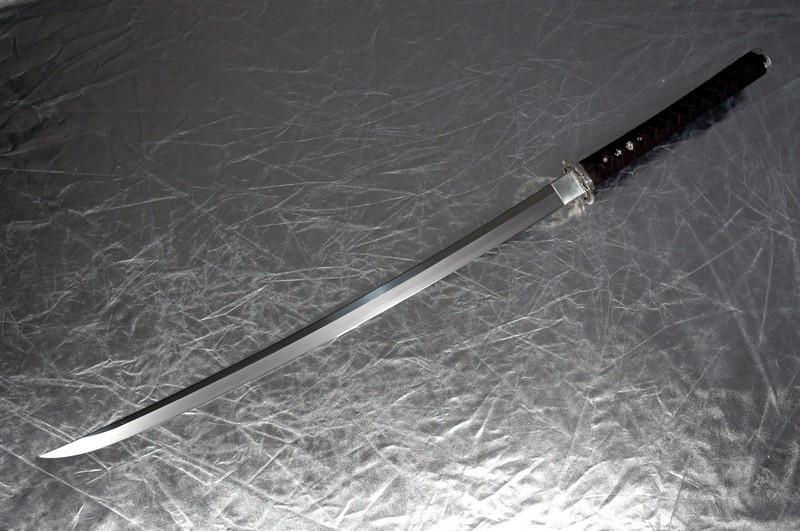Your Cart is Empty

 Think you know everything there is to know about swords? Well, you might be surprised to learn some of the following facts.
Think you know everything there is to know about swords? Well, you might be surprised to learn some of the following facts. #1) Bronze Swords are Cast, Not Forged
When you think of swordmaking, you probably envision a blacksmith hammering away at a red-hot piece of metal lain flat on an anvil. While many swords were, and still are, produced in this manner, some are produced using a cast. Bronze swords, for instance, have been traditionally made by smelting the bronze metal and pouring it into pre-made shapes. Once the bronze has cooled, the sword is removed from the cast.
#2) The World's Longest Sword was 7 Feet
With a length of 6.99 feet, the zweihänder is the world's longest sword. Developed in the late middle ages, it became the signature weapon of the German army. Because of its long length and weight, however, it gradually acquired characteristics similar to that of a polearm. And as such, it was carried over the shoulder instead of sheathed like a sword.
#3) Sword Grinding Rocks Can Costs Thousands of Dollars
After a sword has been forged, it's typically ground with an abrasive rock to create a sharper edge. These rocks aren't cheap, however. On the contrary, some of the premium grinding rocks used by reputable swordmaking companies today cost thousands of dollars. Nonetheless, they play an essential role in the swordmaking process by turning an otherwise dull edge into a razor-sharp edge.
#4) Katana Steel is Heated to
When making a katana, Japanese swordsmiths would first smelt iron and carbon to produce high-carbon steel known as tamahagane. To do so, however, the iron and carbon required a temperature of up to 2732 degrees Fahrenheit. This was typically done in a traditional furnace known as a tatara, with the iron and carbon smelting for up to 72 hours before removal.
#5) Hardness, Strength, Flexibility and Balance
The are four key characteristics that professional swordsmiths use to evaluate the quality of a sword: hardness, strength, flexibility and balance. The sword should be hard and strong enough to withstand strikes while also maintaining enough flexibility to bend instead of breaking. Furthermore, it should be balanced appropriately so its weight is evenly distributed throughout the blade.
#6) Horizontal Slots are Often Left Unfilled
Some swords are produced with a horizontal groove line running down the middle of the blade. Known as a fuller or "blood grooves," it's used to lighten the blade and increase its flexibility.